After the heat of the day has passed and the cool evening arrives, Colby Drake, burn boss for the Grand Ronde tribe, gathers with tribal members as they tame and manage the burn unfolding before them. Wearing full protective gear, Drake helps manage the burn for the acorn and hazel, carefully watching to ensure the flames don’t scorch the crops.
Drake conducts prescribed burns to protect Oregon’s vibrant forests containing lush natural beauty since the uptick in wildfires across the state have put it at risk. After decades of ineffective fire suppression, Oregon forests are fighting back. Suppressing wildfires by prematurely putting them out causes a dangerous buildup of flammable debris on the forest floor. This, combined with rising temperatures and decreased precipitation, creates the perfect conditions for large-scale fires to break out.
The Pacific Northwest has seen an increase in cataclysmic wildfires — like the Holiday Farm Fire in 2020 that burned 173,393 acres — because of rising summer temperatures due to climate change. According to the National Climate Assessment, the Northwest will continue to experience dryer and hotter conditions, which create a prime environment for debris on the forest floor to ignite.
Steven Beda, a history professor at the University of Oregon who focuses on environmental and forestry policy history, says a warming planet and a century of fire suppression are two components that have recently led to the out-of-control fires in Oregon. According to Beda, European settlers who colonized Oregon adopted fire suppression policies to protect the main source of Oregon’s flourishing economy: timber. When a fire would erupt, ranchers and landowners would rush to put the fire out, he says.
Before settlers arrived, fire was heavily woven into the lives of Indigenous communities and used to manage and reap the benefits of Oregon’s landscape. Tribes used fire as an essential tool – burning the earth to promote the growth of traditional foods, clearing the forest floor and using fire in ceremonies. But settlers criminalized Indigenous fire practices.
“That attitude towards our burning practices was another tool to destroy our culture and dehumanize us,” says Joe Scott, fire practitioner and member of the Siletz Tribe.
Drake has spent the majority of his life working with fire, and like Scott, has a mission to bring “good fire” back to the land.
According to the United States Forest Service, prescribed fire has a myriad of benefits like clearing out undergrowth, restoring the ground for planting and reducing hazardous fuels that lead to large wildfires. Regular prescribed burns on a landscape result in smaller fires that decrease fuels and flammable material on the ground; they also lessen the severity of subsequent wildfires, a study from Forest Ecology and Management found. However, Drake says putting fire onto the earth is not a simple process.
Drake begins a standard burn by writing up a plan. It includes the objectives for the burn and variables such as the weather, materials and people needed to do the job. Next, Drake sends in the plan for review to the Bureau of Indian Affairs. Then, he will need to find a window with the right relative humidity and dry weather conditions, ensuring that it will rain after the burn to cool things down.
After that, he assembles a task force and reaches out to partners like the U.S. Forest Service and U.S. Fish and Wildlife to see if volunteers are available. Drake then notifies Oregon Smoke Management about his burn plan to make sure it’s permissible to put that amount of smoke into the air on that particular day. Lastly, he checks to make sure all the conditions are right and just as he had outlined in the plan. Drake says the process contains many moving parts and fickle variables that can change on the day of the burn and render his work useless. He would have to do the process all over again.
Over the past five years, due to resource constraints and policy barriers, opportunities to burn have become much slimmer, Drake says. The Grande Ronde tribe can only put fire on the ground three to five days a year.
Drake says that initiating partnerships and creating a specific task force will be the best way moving forward to ensure prescribed burns can happen in Oregon, making resources dedicated solely to prescribed fires more available.
Emphasizing Indigenous viewpoints within discussions of fire is one way to create this change. Scott describes himself as a “teaching practitioner” who engages in productive conversations and works with people and organizations who want to learn more about Indigenous land practices. Scott emphasizes the importance of looking at fire holistically as both a tool and an element present in all things.
“It’s more than just a hammer and fire a nail,” Scott says. “It’s a spiritual relationship.”
Scott’s latest endeavor was leading an internship called Traditional Ecological Inquiry, which fosters curiosity in Indigenous youth by encouraging them to connect with their culture through in-depth research. The main prerogative of Scott’s work with TEK is to create a new generation of fire and land practitioners. This project connects Scott’s career as an educator with his work as an advisor teaching about native culture and fire practices.
Although prescribed fire has gained positive media attention and acknowledgment for its role in reducing wildfire from the U.S. Forest Service, Indigenous communities still face long-standing regulations that make it challenging to implement these practices.
Kari Norgaard, UO sociology professor and climate change researcher, spent 15 years working closely with the Karuk tribe in California to develop a climate adaptation plan using native fire management techniques and knowledge. The plan underscores the key role fire plays in restoring the land.
Her research points to colonialism as the root cause of wildfires that have ravaged Oregon’s forests recently due to the bureaucratic nature of the process of putting fire on the ground. According to Norgaard, a patchwork of barriers, like liability, air quality permits and waiting for burn plans to be signed off by multiple entities, make prescribed burning a daunting task.
Liability policies place responsibility on the individual if a prescribed fire gets out of control, disincentivizing action that must be taken to mitigate wildfires, Norgaard says. Other requirements — such as obtaining an air quality permit — create even more barriers. Burners are also held responsible for their prescribed fire’s smoke, even if it’s on a much smaller scale than an out-of-control wildfire. Norgaard says these policies penalize people who are trying to prevent dangerous wildfires.
“The people who do what we need to do are taking the risk onto themselves,” she says. “And that’s too much to ask.”
Scott says that the fire that decimated forests in Lane County last fall is a stark reminder of the land fighting back after being left unattended.
Through collaboration with organizations and individuals — and listening to Indigenous voices — prescribed fire can heal Oregon forests and restore the natural fire cycle while adapting to the changing world, according to Scott.
“Wildfire is the landscape’s way of crying out. There’s a narrative that fire destroys. But fire creates,” Scott says. “It regenerates. It rebuilds.”
The Kwis fire burns just three miles outside of Oakridge. According to Oregon fire officials, even though crews are working towards containing the Middle Fork Fire complex, it will likely take a large amount of rainfall to fully extinguish the fire.


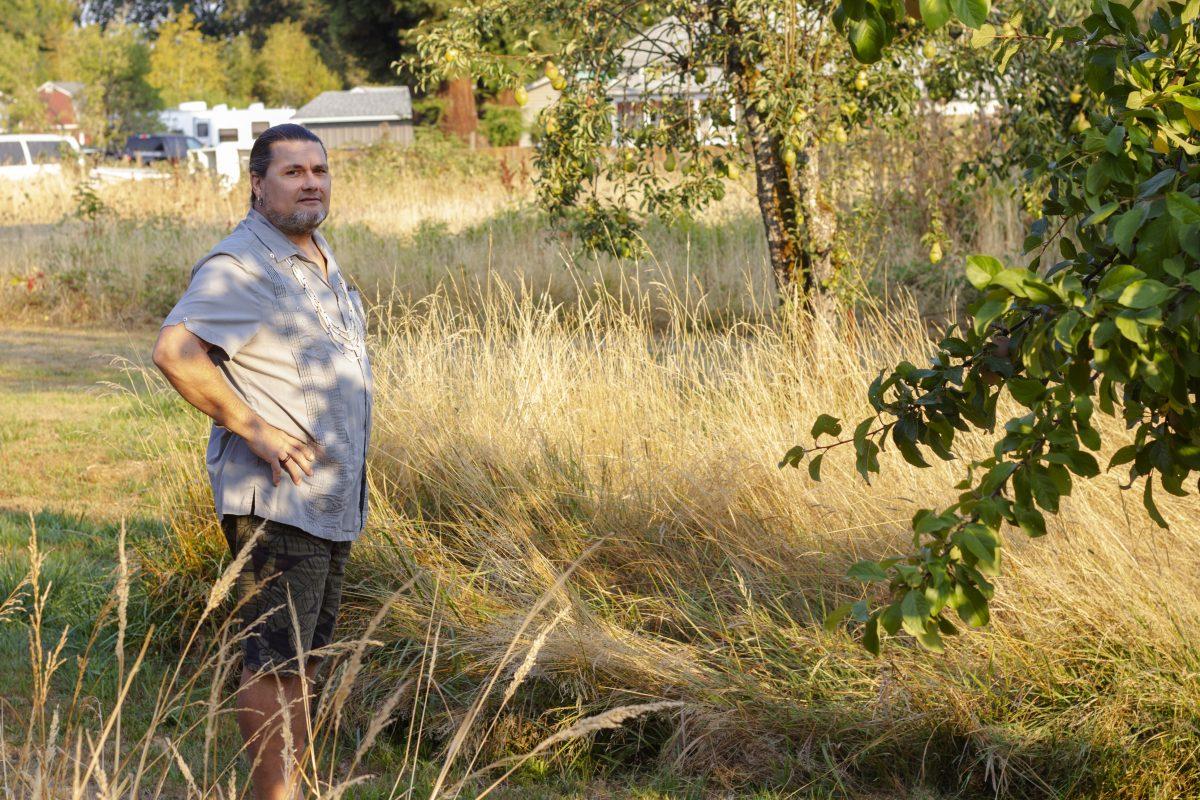

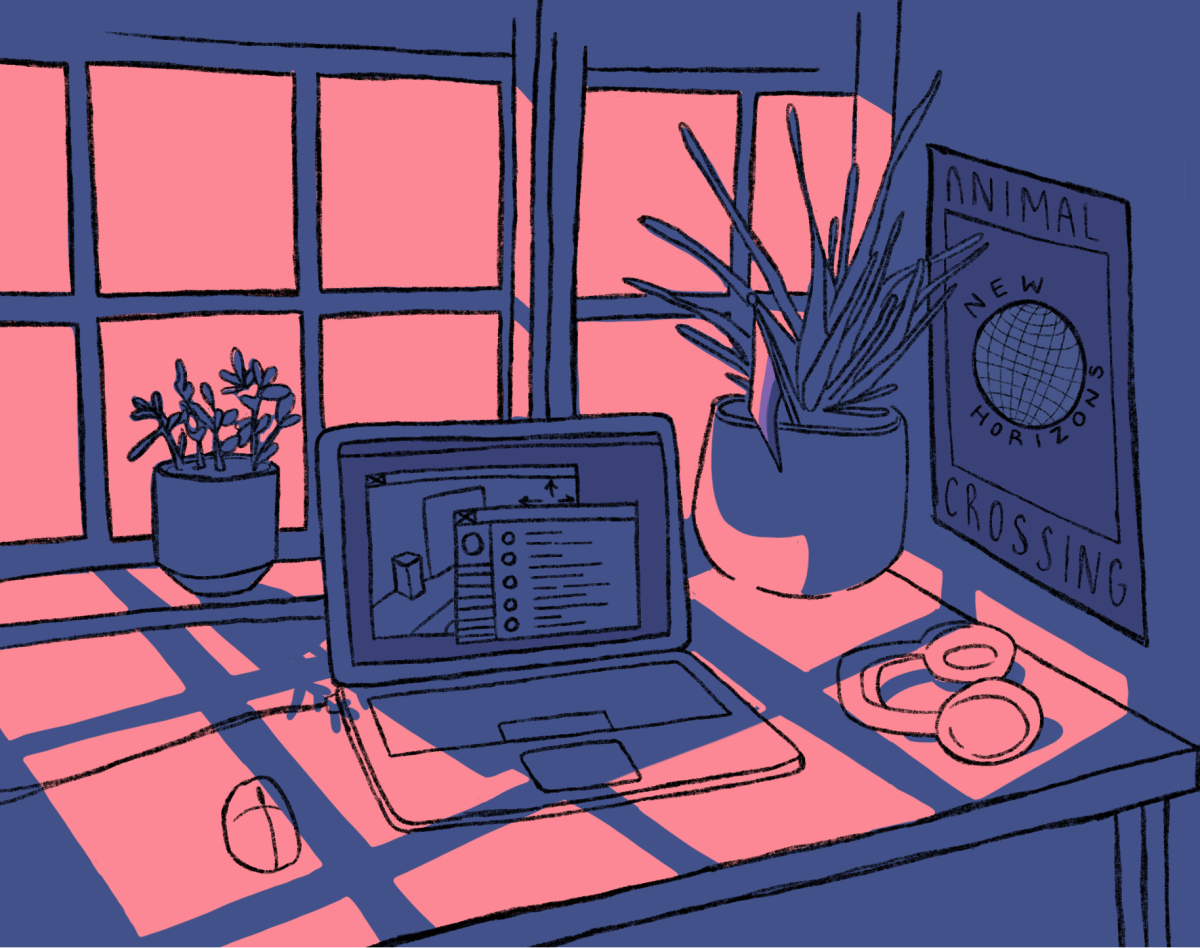
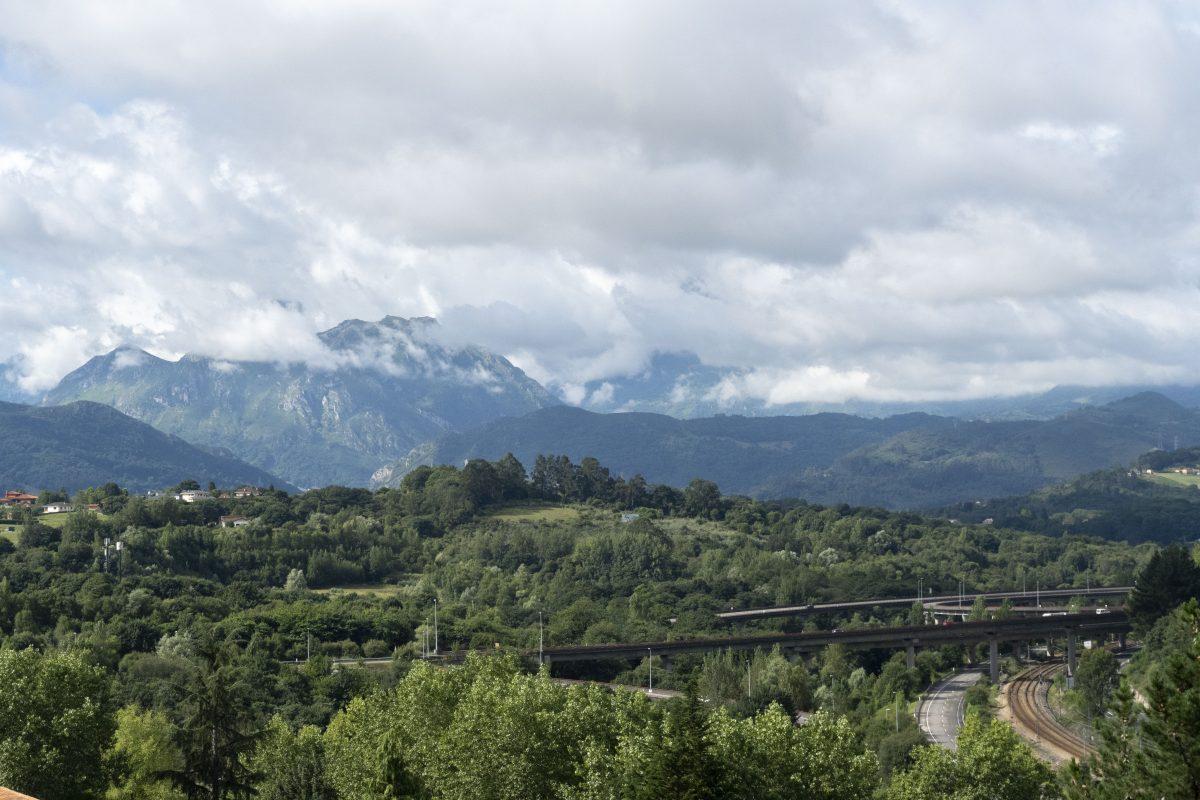
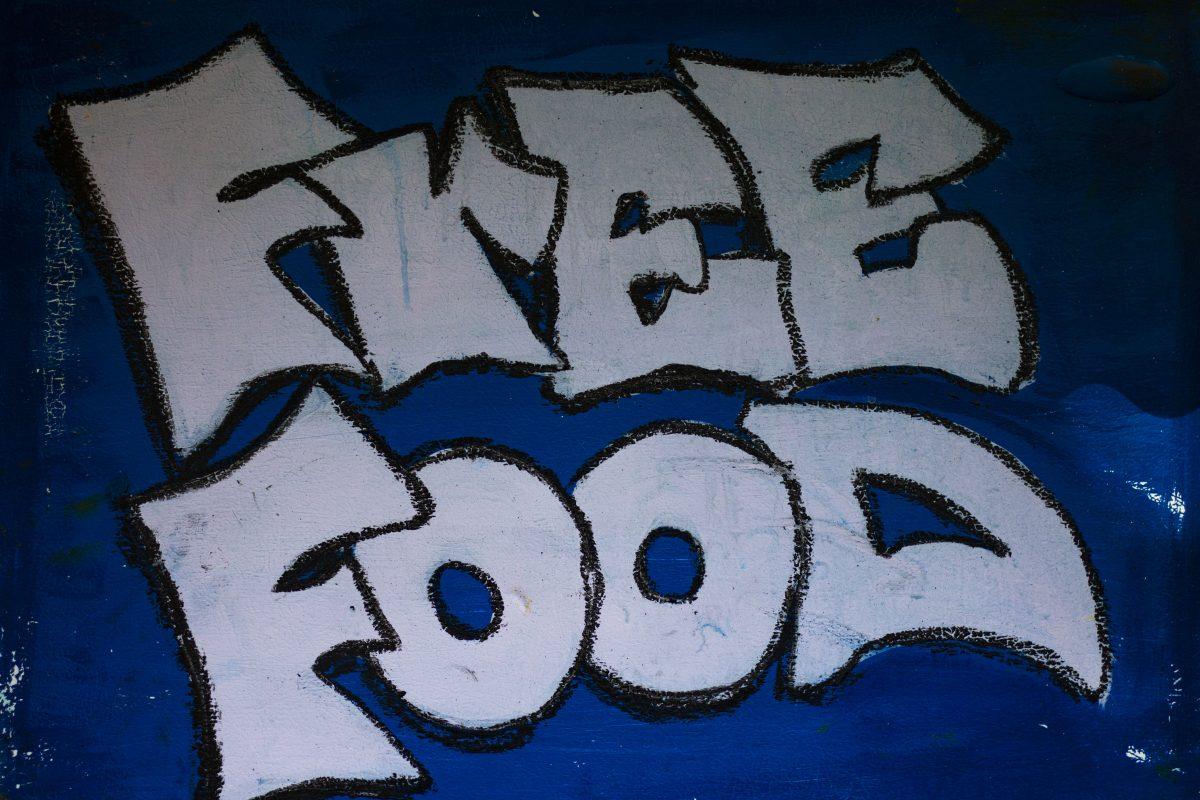

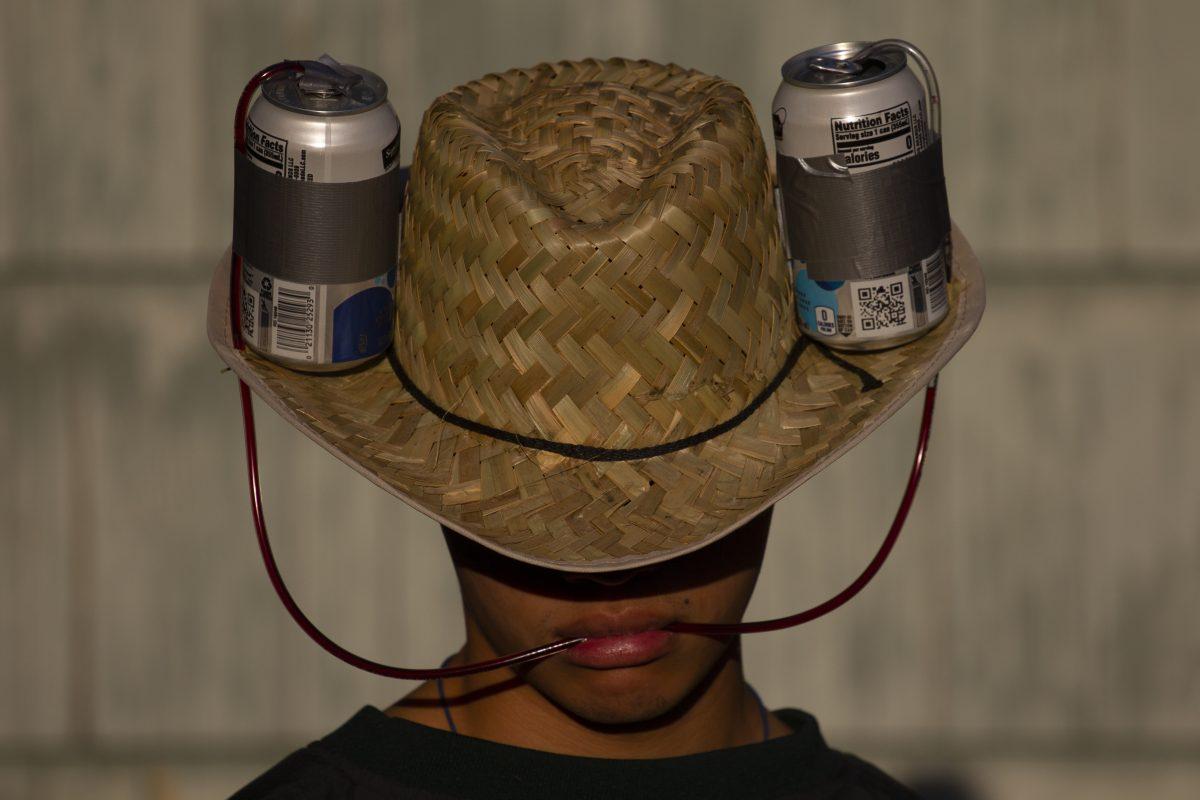
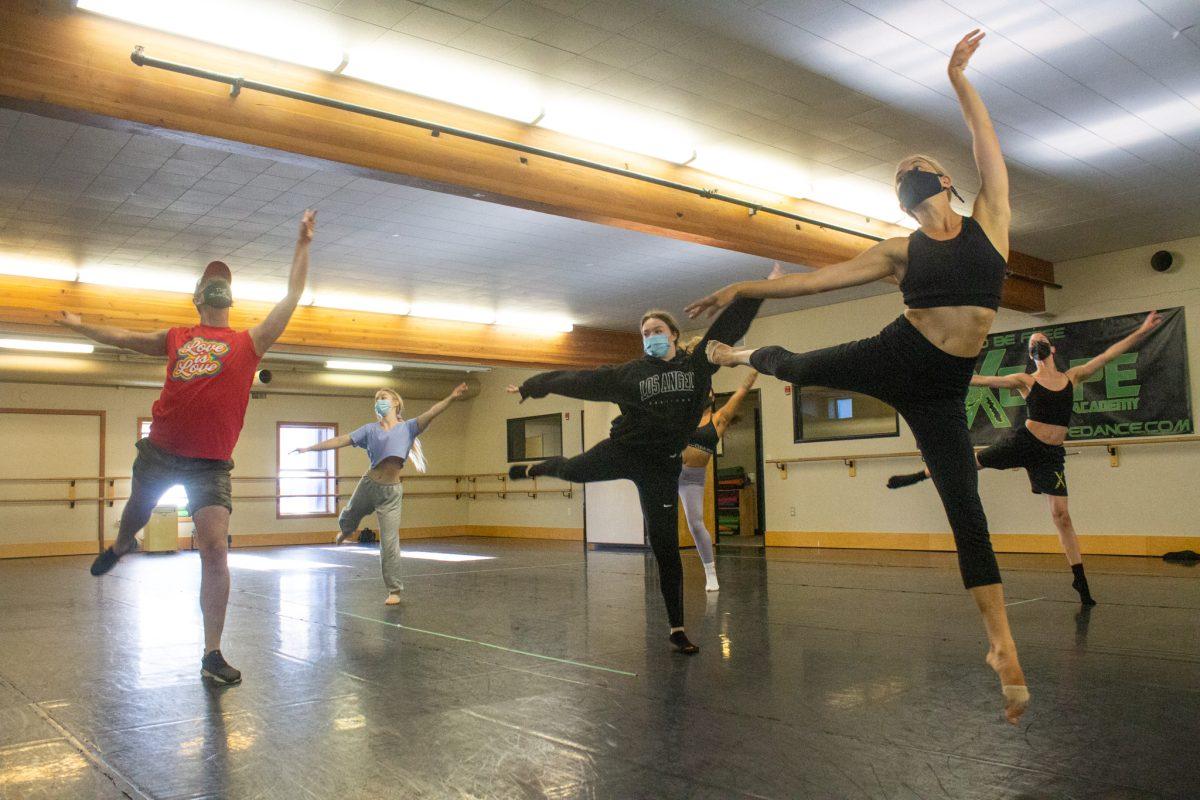


![[Photo Courtesy of the Lara Family]
Ruben embraces his beloved childhood goat, Katrina.](https://ethos.dailyemerald.com/wp-content/uploads/2025/05/katrina-1-1060x1200.jpg)





